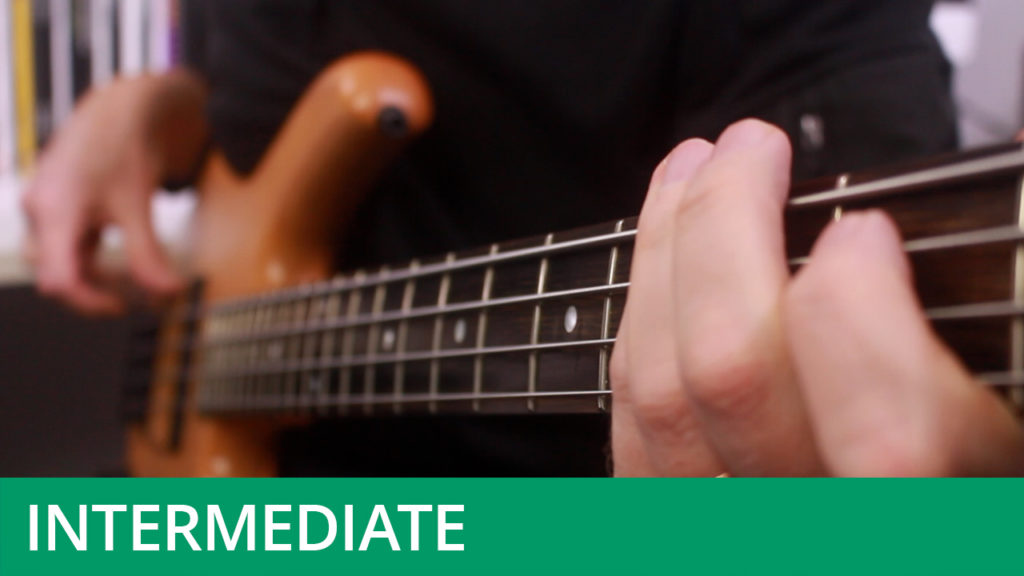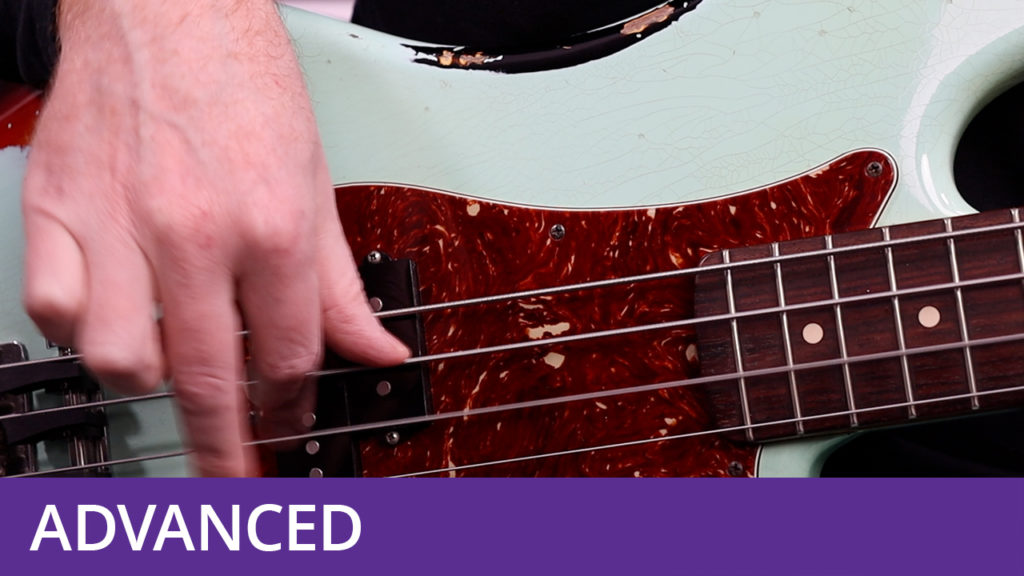The Minor Pentatonic Scale
Course Duration: | Difficulty Level: 5
This course is a deep-dive into one of the most commonly-used scales – the minor pentatonic. As you’ll learn from the course, the minor pentatonic is derived from the natural minor scale and works well in all styles of music.
As bass players, the minor pentatonic is an important scale for us to learn. With that in mind, this course covers ways in which to learn the scale all over the fretboard (without relying on shapes or patterns) and then puts it to use in a series of ‘real world’ bass grooves. The first few exercises are written in A minor (a logical key to start learning the scale with), after which there are lines written in other keys. By the end of this course you should be very familiar with the sound of the minor pentatonic scale, and you’ll find that it makes a valuable addition to your scale vocabulary.
As you work through this material, you might find the following courses useful (all included in the monthly subscription cost):
- Intermediate Level – Scales – The Blues Scale
- Intermediate Level – Scales – The Major Pentatonic Scale
- Intermediate Level – Study Pieces – Fingerstyle Study #3
Don’t forget to hit the Download Resources button above to get the PDF worksheet and audio files for this piece (available to subscribers only).
This course is 59 MINUTES long and contains the following videos, each of which can be selected from the video player above:



